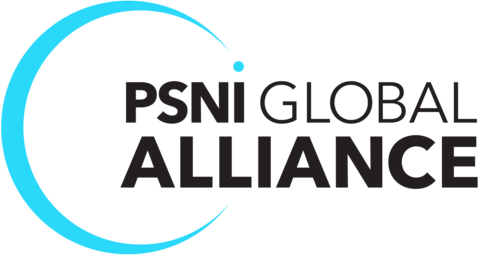School administrators have a lot to balance, from maintenance needs to staffing issues to protecting the health and safety of students and staff. They have the added responsibility of keeping track of state and federal regulations that influence how local districts operate. A regulation example is the requirements to provide accommodations that create an equitable learning environment for all students.
AV consultants and integrators play an important role in helping education clients to navigate these regulations, and to find the audio and visual solutions that can deliver fair and equal learning opportunities for everyone.
In this upcoming webinar, PSNI partner Williams AV will go over the requirements schools must meet to accommodate students with hearing loss, as well as review assistive listening technology solutions that can help with compliance.
What Are the Requirements for Assistive Listening in Education?
While many schools have tools or programs in place to help students with vision or speech disabilities, hearing disabilities are often overlooked. However, federal regulations that guarantee free and appropriate public education require accommodations for students with hearing loss as well. Schools are also responsible to provide the same accommodations for hearing impaired parents and caregivers of students.
Auxiliary aids, services, devices, and technologies that support effective communication for students and family members with hearing loss include:
- Interpreters
- Note takers
- Exchange of written materials
- Real-time computer-aided transcription services
- Assistive listening systems
- Accessible electronic and information technology
- Open and closed captioning
Federal laws and regulations that outline specific requirements for creating equitable learning environments for hearing impaired students and their families include:
- Title II of the Americans with Disabilities Act
- Individuals with Disabilities Education Act (IDEA)
- Rehabilitation Act, Section 504
What Funding Assistance is Available to Schools to Support Compliance?
With education budgets more constrained than ever, investing in technology solutions to meet federal regulations for accessibility and equality of educational experience might seem overwhelming at best– and in some cases downright impossible. However, there are several sources of funding available to schools to help pay for technology that supports students with hearing loss.
- CARES Act. The Coronavirus Aid, Relief and Economic Security Act, as well as subsequent relief efforts, provided nearly $190 billion for schools and districts to address learning disruptions. It includes provisions for educational technology including assistive listening devices or adaptive technology for students with disabilities.
- Elementary and Secondary School Emergency Relief Fund. This portion of the American Relief Plan stimulus package includes $122 billion for public school districts and $2.75 billion for non-public schools that may be used for any activities authorized by the Individuals with Disabilities Education Act.
- Every Student Succeeds Act. The Every Student Succeeds Act (ESSA) provides funding for special education services and more at schools in low income areas. Support for students with hearing impairments are included in the act.
Why Does Compliance with Assistive Listening Requirements Matter?
As overwhelming as compliance with these federal regulations may seem, it is critical to the success of every student, and that means compliance is also critical to the success of your education clients.
According to the Centers for Disease Control and Prevention, hearing loss affects 15% of children ages 6 to 19 in the United States. In the school setting, students experiencing even mild hearing loss are at risk of falling behind, and often experience lower academic achievement without assistance. They can also suffer from lower self-esteem and social isolation.
Assistive listening technology helps students hear lessons more clearly, keeping them engaged and improving their overall comprehension. The effort required to identify and deploy assistive listening technology is well worth it.
Learn Everything You Need to Know About Assistive Listening in Education
To learn more about what assistive listening technology is available to help your education clients stay compliant with federal law, register for our webinar with Williams AV today.









